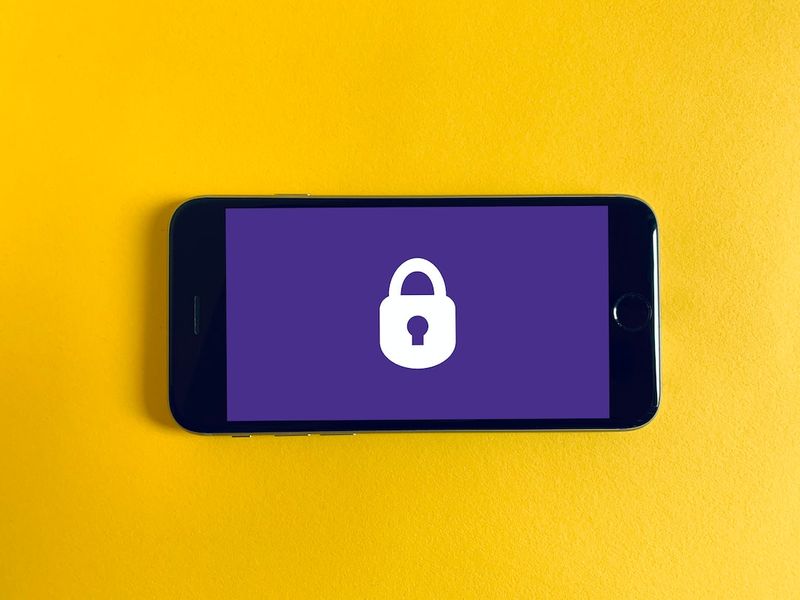Threats Tenable CEO accuses Microsoft of negligence in addressing security flaw
A Culture of Negligence
Amit Yoran, the CEO of Tenable, a cybersecurity firm, has publicly accused Microsoft of negligence in addressing a critical vulnerability affecting its Azure platform. Yoran, a veteran cybersecurity executive and former national cybersecurity director at the Department of Homeland Security, has criticized Microsoft for its slow response and failure to proactively address vulnerabilities. Yoran’s harsh critique, unusual for a high-profile corporate figure in cybersecurity, comes in the wake of criticism from lawmakers and researchers following a recent cyberattack resulting from a Microsoft security lapse.
A Critical Vulnerability and Microsoft‘s Slow Response
Tenable researchers identified a critical vulnerability in a Microsoft Azure product and promptly disclosed it to Microsoft. However, despite months passing since the disclosure, the vulnerability has not been properly patched. Yoran expressed his concerns with Microsoft‘s approach in a blog post, describing it as “grossly irresponsible, if not blatantly negligent.” According to Yoran, the affected organizations remain at risk, unaware of their vulnerability and unable to take appropriate risk mitigating actions.
A Call for Accountability
Yoran’s criticism of Microsoft is not an isolated incident. The company has faced growing scrutiny for its handling of security incidents, particularly after hackers based in China were able to steal the email messages of senior U.S. officials using one of Microsoft‘s products. The incident prompted Senator Ron Wyden to label Microsoft as “negligent” and call for an investigation by the Justice Department. Yoran’s accusations add further pressure on Microsoft to improve its security practices.
Editorial: Microsoft‘s Obligation to Security
Microsoft‘s dominance in the technology ecosystem places a significant burden of responsibility on the company to prioritize security. As Yoran rightly points out, the ubiquity of Microsoft‘s products means that any vulnerabilities or security lapses can have a wide-ranging impact on individuals, organizations, and governments. It is imperative that Microsoft makes security a top priority and takes proactive measures to identify and promptly address vulnerabilities.
While it is understandable that software vulnerabilities may arise in any complex system, what matters most is how a company responds to those vulnerabilities. In the case of Microsoft, Yoran argues that its culture denies the criticality of vulnerabilities and that it fails to address them in a professional and proactive manner. This lack of urgency not only puts its users at risk but also undermines the trust and confidence that individuals and organizations place in Microsoft‘s products.
Internet Security and the Importance of Timely Remediation
The incident involving the critical vulnerability in Microsoft Azure highlights the significance of timely remediation in cybersecurity. In an interconnected world where cyber threats are constantly evolving, swift action is essential to mitigate the risks associated with vulnerabilities. The delay in appropriately addressing the vulnerability puts organizations and their sensitive data at risk, as demonstrated by the ability of Tenable researchers to access a bank’s authentication secrets.
Furthermore, the lack of transparency and communication from Microsoft exacerbates the problem. Organizations affected by vulnerabilities need to be promptly informed so that they can make informed decisions about implementing compensating controls and other risk mitigation measures. The absence of timely updates hinders their ability to effectively protect their systems and data.
Advice for Organizations
As cyber threats continue to evolve, organizations must prioritize cybersecurity and take proactive measures to protect their systems and data. There are several steps organizations can take to enhance their security posture:
Regular Vulnerability Assessments:
Conduct regular vulnerability assessments to identify and address any potential weaknesses in your systems. This will help you stay on top of emerging threats and take prompt action to mitigate them.
Prompt Patching and Updates:
Ensure that all software, including operating systems, applications, and network infrastructure, is regularly patched and updated. Promptly apply security patches provided by vendors to address any vulnerabilities.
Strong Access Controls:
Implement robust access controls to limit access to sensitive data and systems. Use strong passwords, enforce multi-factor authentication, and regularly review and revoke access privileges for employees, contractors, and third-party vendors.
Employee Training and Awareness:
Invest in employee training and awareness programs to educate your staff about common cyber threats, phishing scams, and best practices for cybersecurity. Encourage a culture of cybersecurity awareness and provide resources for reporting and addressing potential security incidents.
Comprehensive Security Solutions:
Deploy comprehensive security solutions, such as firewalls, intrusion detection systems, and antivirus software, to protect your network and systems from unauthorized access and malicious activity. Regularly monitor and analyze security logs to identify any suspicious or abnormal behavior.
Engage with Vendors:
If you identify a vulnerability in a vendor’s product, promptly disclose it to the vendor and maintain continuous communication to ensure timely remediation. Advocate for transparency and accountability in addressing security flaws to protect your organization and the wider community.
Conclusion
The accusations leveled against Microsoft by Amit Yoran, CEO of Tenable, highlight the crucial importance of prompt and proactive action in addressing security vulnerabilities. As technology becomes increasingly intertwined with our lives, companies like Microsoft bear a profound responsibility to prioritize the security of their products, protect users, and maintain public trust. Organizations and individuals must also be vigilant in their own cybersecurity practices, regularly assessing vulnerabilities and taking proactive steps to enhance their security posture.

<< photo by cottonbro studio >>
The image is for illustrative purposes only and does not depict the actual situation.
You might want to read !
- Unraveling Iran’s Cyber Warfare: APT34’s Sophisticated Supply Chain Attack on the UAE
- How Unified XDR and SIEM Solutions Can Revolutionize Security Alert Management
- Exploring the Revamped BloodHound: Unveiling the Community Edition
- Parsing the Power: Unveiling the CPU’s Achilles’ Heel in Data Theft
- China’s Volt Typhoon APT: Unearthing Deeper Threats to US Critical Infrastructure
- Microsoft’s Response to Damaging Report on Chinese Hacking Raises Concerns
- The Rise of Cybersecurity Threats: Hot Topic Apparel Brand Under Siege
- Cyble Raises $24 Million: Empowering AI-Powered Threat Intelligence for Safer Cyber Landscapes
- Exploring the Rise of New hVNC macOS Malware: A Threat Advertised on Hacker Forums
- The Growing Shadow of Undetected Cyber Attacks in the Middle East
- The Power of AI in Cybersecurity Recovery
- Google’s Handling of Multiple Zero-Day Exploits Raises Questions
- The Quest for Cyber Workforce: Overcoming the Skills Shortage Challenge
- “Why Forgepoint Capital’s $15M Series A Investment in Converge Insurance Signals the Future of Insurtech”
- Nile Secures $175 Million in Funding to Revolutionize Enterprise Networks
- Rezilion Discovers Critical Security Flaws Omitted by CISA KEV Catalog
- Unveiling the Security Flaw: Cisco SD-WAN Vulnerability Exposes Sensitive Data
- “Unveiling the Vulnerabilities: TSMC Exposes Security Flaws After $70M LockBit Breach”
- The Broken Puzzle: Decoding the Jumbled Maze of Computer Security Advice
- Data Breach Incidents Continue to Plague Organizations, Costing a Record-Breaking $4.5M




